Want To Know If Your COVID-19 Disinfection Strategy is Actually Working? Invest in This
By Aaron Peacock, Director of Molecular Biology for Microbac Laboratories
There have been more than 1.3 million cases of COVID-19 in the United States and over seventy-eight thousand deaths. Beyond the primary impacts of illness and death, the pandemic has caused, has come the deep economic disruption that is a side effect of efforts to control infection rates.
One of the most important tools in fighting the pandemic is clinical testing, which is testing humans for COVID-19. Government officials and health care professionals use the testing results to understand how the pandemic is spreading and who is most at risk. Were this testing not taking place, it would be impossible to plan, allocate resources, and protect communities. So far the United States has performed over 8 million clinical COVID-19 tests and according to government officials, there is no sign that the testing will slow down any time soon.
Recently, our Oak Ridge Microbac team developed the capabilities for environmental testing of SARS-CoV-2 . While the current clinical testing is for people, environmental testing is for places or things (think door handles, PIN pads, and other high-touch surfaces). The CDC says COVID-19 spreads mainly through close contact from person to person, but “it may be possible that a person can get COVID-19 by touching a surface or object that has the virus on it and then touching their own mouth, nose or possibly their eyes.”
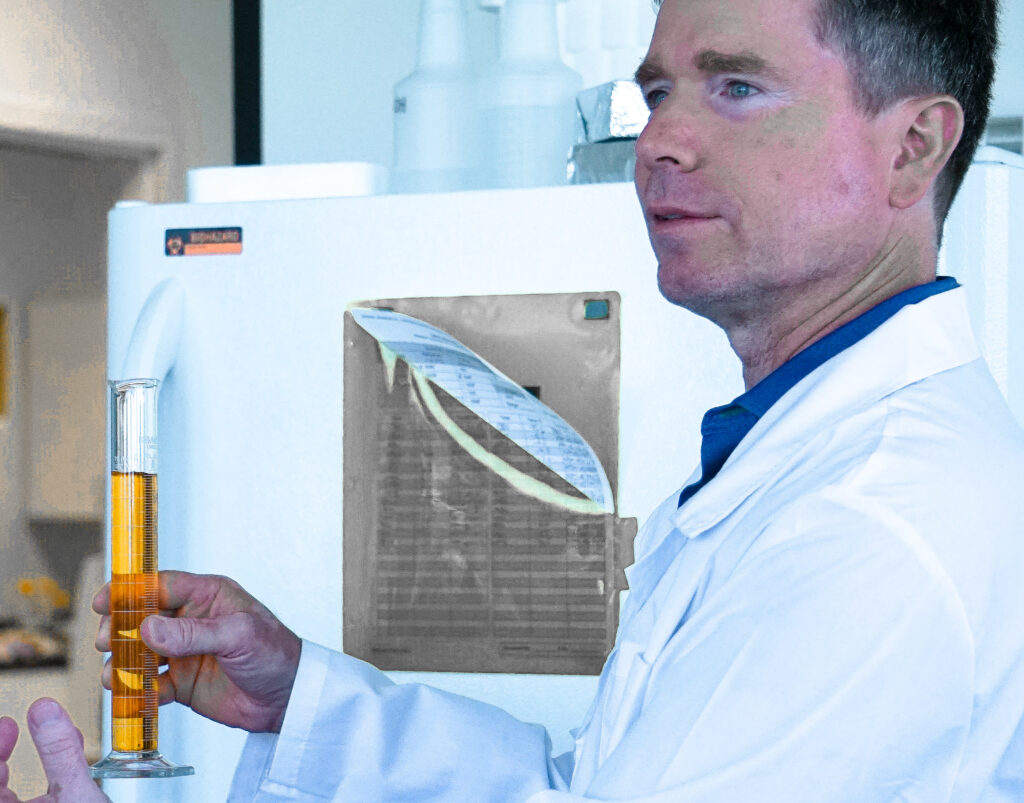
Health researchers are still learning about the persistence and infectivity of SARS-CoV-2 in the environment and there are many ongoing studies. The role of environmental contamination and transmission of SARS-CoV-2 is unclear, but the potential for transmission is high enough that health officials are advocating for the regular sanitation of surfaces in the home and in the business setting.
There are multiple applications for SARS-CoV-2 environmental testing, the most obvious being to validate cleaning and disinfection strategies. Many businesses are struggling to demonstrate to their employees and customers that they are taking every precaution possible to keep them safe.
In some cases, employees being called back to work have quit for fear of contamination. Some customers will not traffic certain businesses because they don’t feel safe. An environmental testing program that includes SARS-CoV-2 has the potential to show everyone who interacts with a business that their safety is of the highest priority.
Another application for environmental SARS-CoV-2 surface testing is environmental surveillance. In April 2020, a biotech company that sells environmental testing supplies conducted an informal study of retail establishments around the San Francisco Bay Area. They found coronavirus contamination on shopping carts and bathroom stall doors at several retail stores. Just like with clinical testing, knowing where the virus is found makes it possible to plan, allocate resources and protect employees and customers.
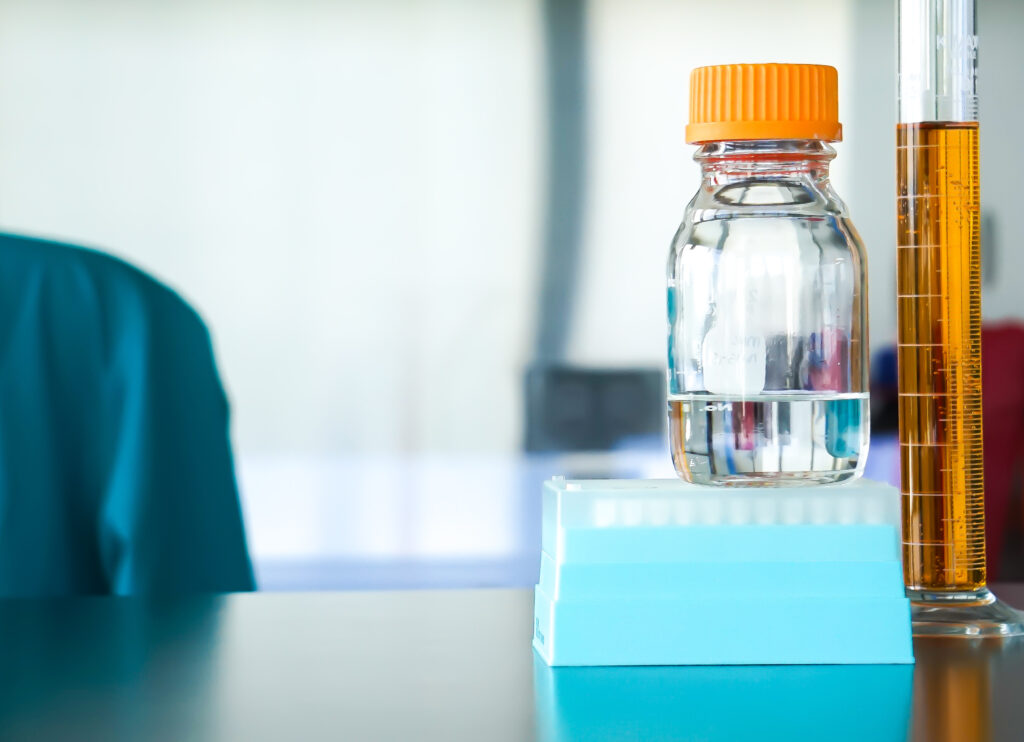
Many businesses already have cleaning and disinfection validation programs that include ATP testing or microbial growth tests. These types of tests are good for assessing general cleanliness, but they don’t detect viral contamination. Microbac’s new environmental test targets two regions of the viral RNA that are specific for SARS-CoV-2. The test is both highly sensitive and distinct.
Now, if a test is a snapshot in time, that raises the question of how often testing should occur. The current experience with testing programs is varied. Many businesses employ a hierarchal structure, where, for a given number of general cleanliness tests that are run there is a subset of tests specific for SARS-CoV-2. Others conduct a certain number of specific SARS-CoV-2 tests per square footage. The timing of the testing is dependent on the needs of the business.
It’s true that a negative result on the day of testing doesn’t mean that there couldn’t be a contamination event the next. However, this is true of all environmental testing and is also true for clinical testing. A person could test negative for COVID-19 today and become infected tomorrow. The way to overcome this issue is to have a program that is planned and followed.
Many businesses are concerned about the consequences of a positive environmental SARS-CoV-2 test result. They wonder what it means and how it should be dealt with. In the context of cleaning and disinfection validation, the short answer is that the area needs to be cleaned and disinfected again. Proper planning and implementation of a cleaning and disinfection program should include what would be done in the event of a positive test. Some might think the risk of a positive environmental SARS-CoV-2 test is too onerous and decide not to test, but knowledge, in this case especially, is power.
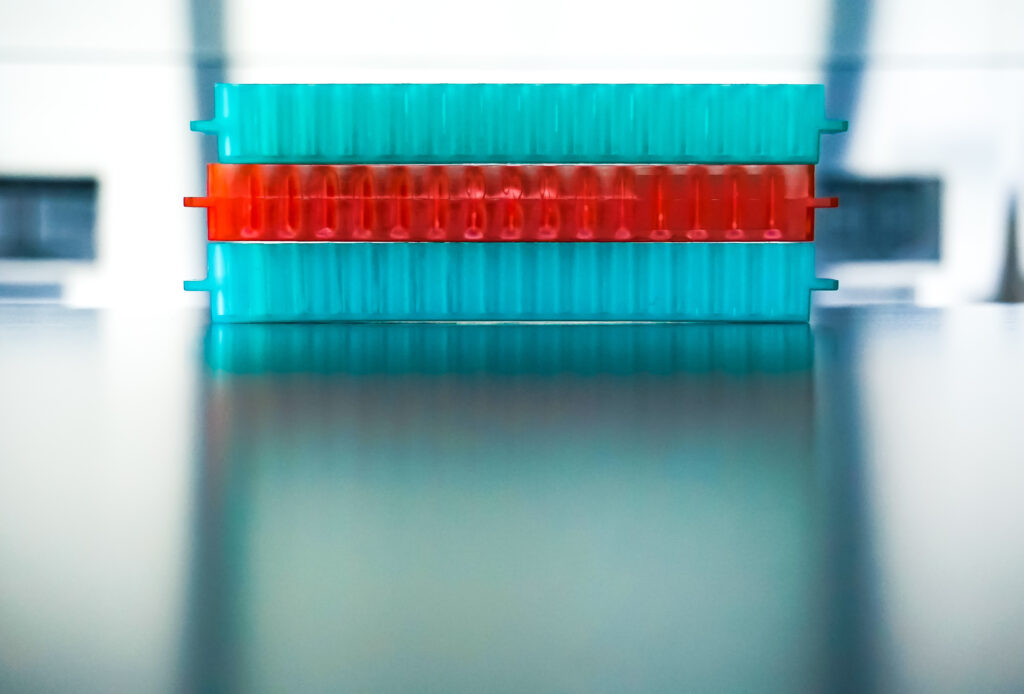
The ostrich approach is never advised. As was described on the Our World In Data website in regards to COVID-19, “Without testing, there is no data.” For businesses, the legal risk could be greater to know a specific environmental SARS-CoV-2 test was readily available and not employed., versus doing everything reasonably possible to ensure a safe workspace.
Because of the pandemic, there have been several testing labs that have developed an environmental SARS-CoV-2 test.
Most of these labs are reputable but there are some questions that should be asked before sending samples.
- Does the lab have a virology group? Does the lab have previous experience with environmental virus testing or is this something new for them? No previous experience in environmental virus testing would be a concern.
- Is the lab currently accredited by the International Organization for Standardization (ISO) or another equivalent accrediting body? At this time there are no specific accreditations available for environmental SARS-CoV-2 testing so knowing the laboratory offering the test adheres to standards for Quality Assurance is important.
- What RNA targets does the test use? Currently the CDC method uses two specific RNA targets for the detection of SARS-CoV-2. Some labs may only use one or they may not use the CDC targets at all.
- What are the controls used in the testing?
Once at the lab there are three steps to environmental SARS CoV-2 testing:
- Step 1 Extraction: This step draws out and purifies the viral RNA by removing extraneous biological and other material that could inhibit further analyses.
- Step 2 Reverse Transcription (RT): The process of converting viral RNA into a complementary DNA (cDNA) molecule that can then be analyzed by PCR.
- Step 3 Polymerase Chain Reaction (PCR): The method used to amplify or copy the cDNA in order to detect specific viral targets of interest. There needs to be a control or controls for each step of the process in order to provide the highest confidence in the test results.
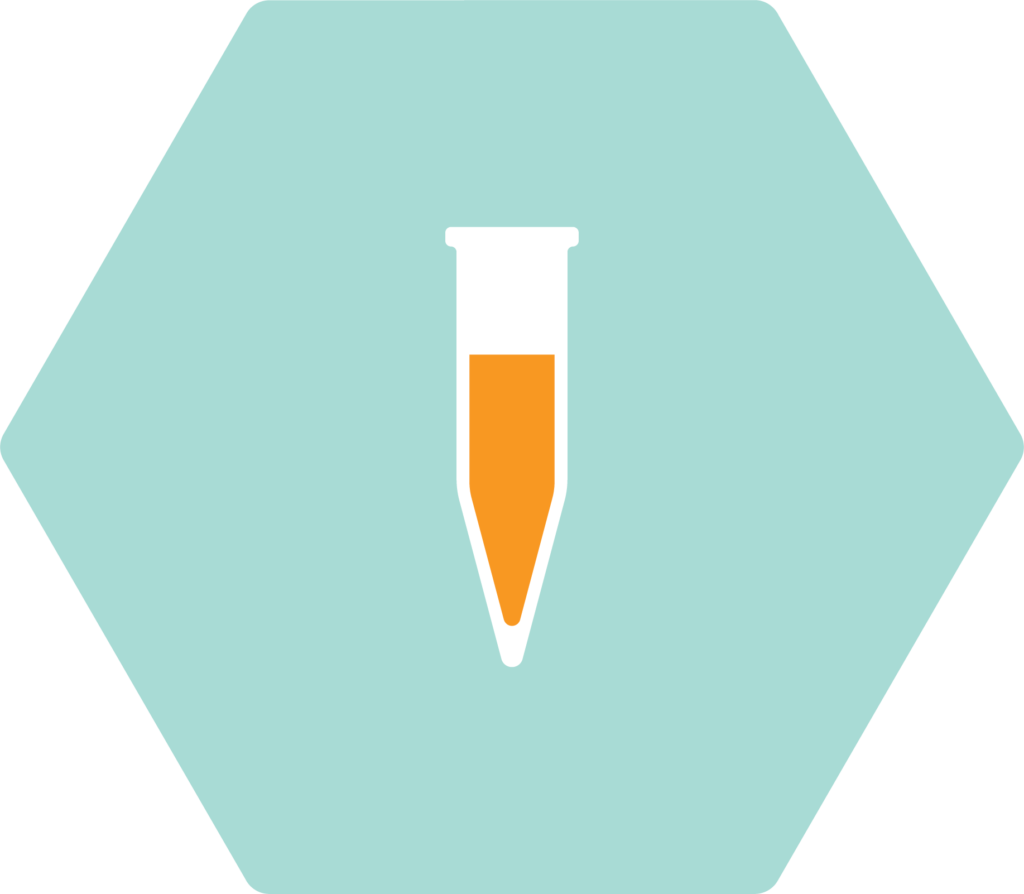
Extraction 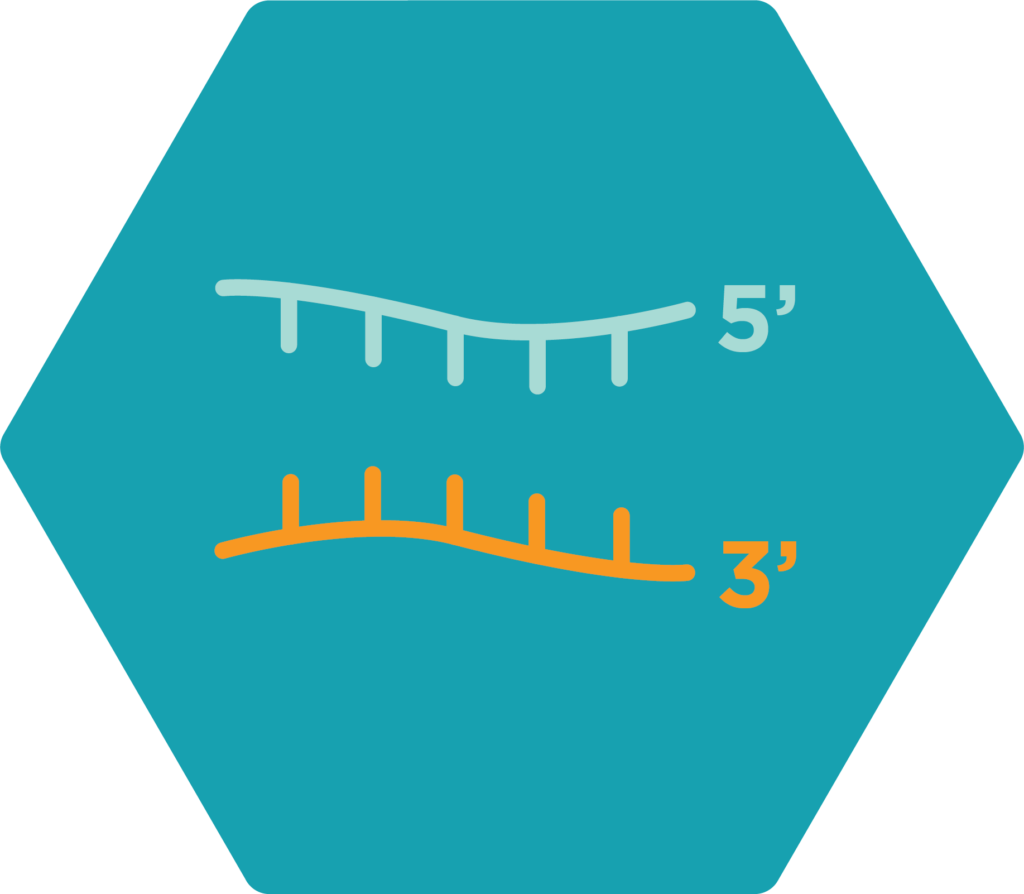
Reverse Transcription 
Polymerase Chain Reaction
Government and health care officials have recognized the urgent need for clinical (people) testing for COVID-19. Environmental testing for SARS-CoV-2 can provide another source of data and makes it possible to plan, allocate resources, and protect employees and customers.
To find out more about Microbac’s SARS-CoV-2 Environmental Surface Testing Kit, tap here. To contact our team of scientists for a quote, tap here. To connect with us on social, tap here. Learn more about this test by tapping the video below.
This document is not intended to provide scientific or other advice to be used in a specific fact situation and is intended for general information purposes only. While we encourage you to share this document with others, this document or any portion of it may not be quoted, used in, or referred to in another publication without our express permission.
